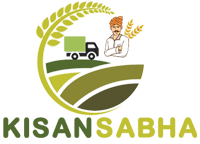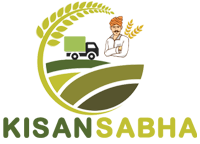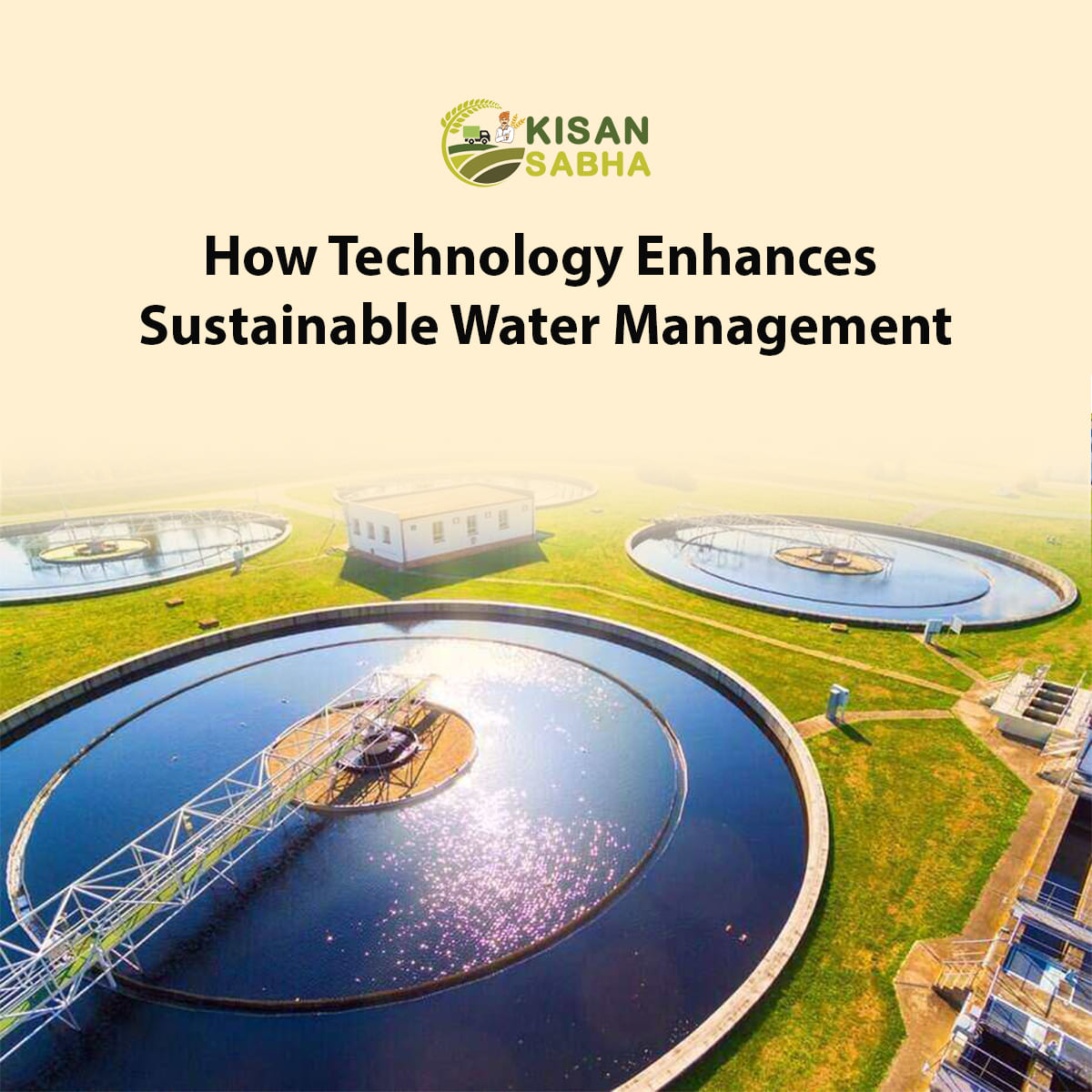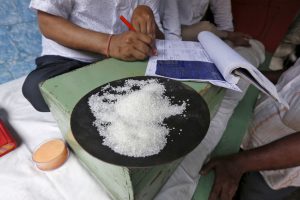Water is a precious resource that plays a critical role in agriculture. As the global population continues to grow, the demand for food increases, putting pressure on water supplies. Sustainable water management is essential to ensure efficient use of water resources and protect the environment. In recent years, advancements in technology have revolutionized the agricultural sector, offering innovative solutions to improve water management practices.
In this article, we will explore how technology helps improve sustainable water management in agriculture. We will discuss the benefits of precision irrigation systems, remote sensing technologies, data analytics, and smart water management tools. By harnessing the power of technology, farmers can optimize water use, conserve resources, increase crop productivity, and promote environmental sustainability.
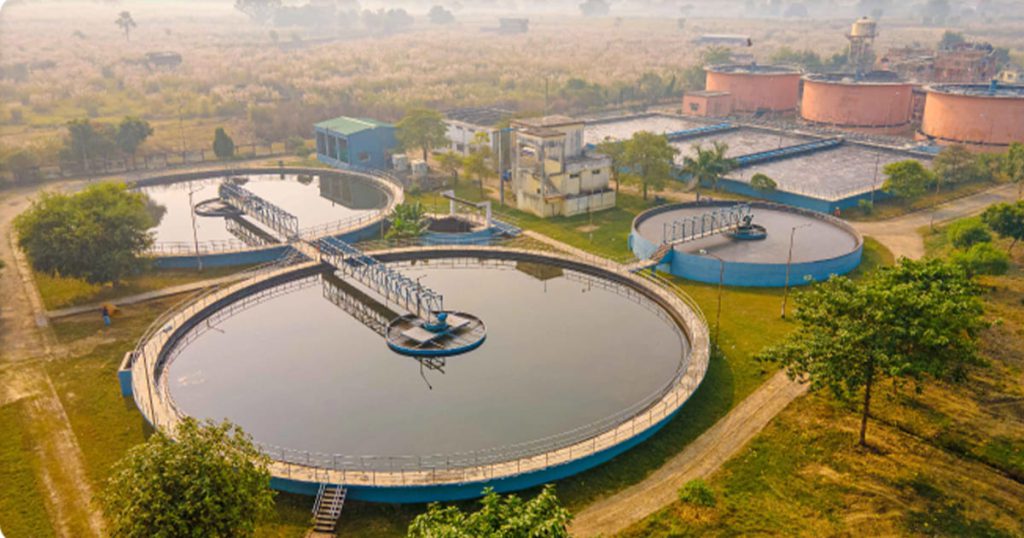
Precision Irrigation Systems
Precision irrigation systems have transformed water management in agriculture by providing targeted and efficient water applications. These systems utilize sensors, weather data, and advanced algorithms to deliver the right amount of water at the right time and to the specific needs of the crops. Here are some key benefits of precision irrigation systems:
Water Conservation:- Precision irrigation systems minimize water wastage by avoiding overwatering and allowing farmers to apply water only where it is needed. This helps conserve water resources and reduces the impact on groundwater reserves.
Increased Crop Productivity:- By providing plants with the optimal amount of water, precision irrigation systems promote healthy growth and improved crop yields. Farmers can tailor irrigation schedules based on crop type, growth stage, and soil moisture levels, ensuring optimal conditions for plant development.
Energy Efficiency:- Precision irrigation systems reduce energy consumption by eliminating unnecessary water pumping and reducing the need for water distribution infrastructure. This results in cost savings and a lower carbon footprint.
Also Read:- Polyhouse Farming: Transforming Agriculture with Protected Cultivation
Remote Sensing Technologies
Remote sensing technologies, such as satellite imagery and drones, have revolutionized water management in agriculture by providing valuable data on crop health, soil moisture levels, and water stress. Here’s how remote sensing technologies contribute to sustainable water management:
Early Detection of Water Stress:- Remote sensing technologies can detect subtle changes in crop reflectance patterns, which indicate water stress. This enables farmers to intervene promptly and apply water precisely where it is needed, preventing crop losses and water wastage.
Optimal Irrigation Scheduling:- By monitoring vegetation indices derived from remote sensing data, farmers can determine the water requirements of their crops accurately. This information helps in setting appropriate irrigation schedules and avoiding both over and under-irrigation.
Precision Application of Agrochemicals:- Remote sensing technologies can also provide information on nutrient deficiencies and pest infestations. By accurately targeting areas of concern, farmers can minimize the use of agrochemicals, reducing environmental impacts and optimizing resource efficiency.
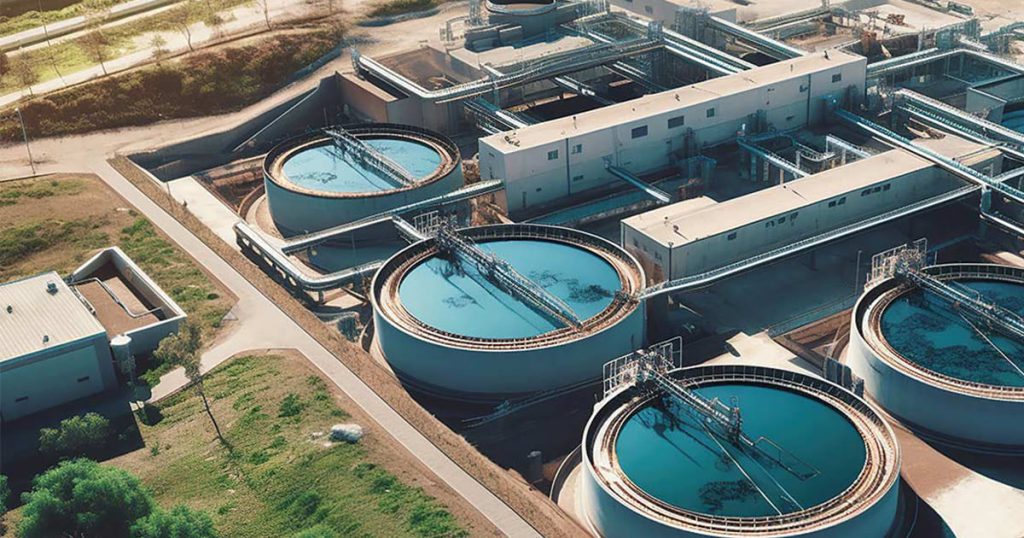
Data Analytics and Decision Support Systems
Data analytics and decision support systems enable farmers to make informed decisions regarding water management. By processing large amounts of data, these tools provide actionable insights and optimize water use. Here’s how they contribute to sustainable water management:
Real-Time Monitoring:- Data analytics platforms collect and analyze data from various sources, including weather stations, soil moisture sensors, and irrigation systems. This real-time monitoring allows farmers to track water usage, identify inefficiencies, and make adjustments accordingly.
Predictive Modeling:- By combining historical data with real-time information, predictive models can forecast crop water requirements, irrigation needs, and potential water stress. This helps farmers plan irrigation schedules and optimize water allocation.
Resource Optimization:- Data analytics tools can identify areas of high water usage or inefficient irrigation practices, enabling farmers to implement corrective measures. They can also provide insights into crop-water relationships, helping farmers select drought-tolerant varieties and improve water-use efficiency.
Smart Water Management Tools
Smart water management tools integrate various technologies, such as sensors, actuators, and automation, to optimize water use and reduce waste. These tools offer the following advantages:
Automated Irrigation Systems:- Smart irrigation systems use real-time data from weather stations and soil moisture sensors to automate irrigation. They adjust water application based on weather conditions, evapotranspiration rates, and crop water requirements, ensuring precise and efficient water use.
Leak Detection and Prevention:- Smart water management tools can detect leaks and inefficiencies in irrigation systems, preventing water loss and reducing maintenance costs. They provide alerts and notifications to farmers, enabling prompt action.
Water Quality Monitoring:- Smart sensors can monitor water quality parameters, such as pH levels and salinity. This allows farmers to adjust irrigation practices accordingly, preventing salt build-up and ensuring optimal growing conditions.
Conclusion
Technology plays a crucial role in improving sustainable water management in agriculture. Precision irrigation systems, remote sensing technologies, data analytics, and smart water management tools offer innovative solutions to optimize water use, conserve resources, increase crop productivity, and promote environmental sustainability. By adopting these technologies, farmers can make informed decisions, precisely target water applications, and reduce water wastage. As the global population continues to grow, harnessing the power of technology in water management becomes increasingly important to meet the food demands of the future while safeguarding our water resources.
